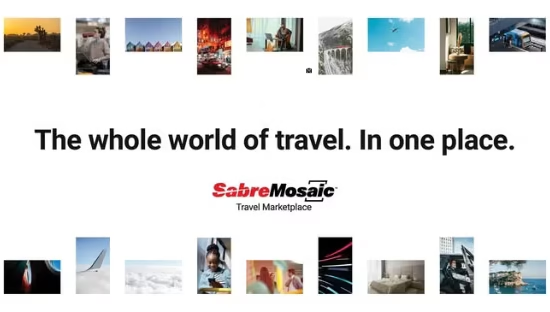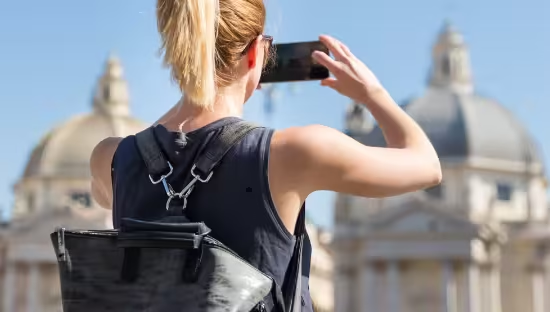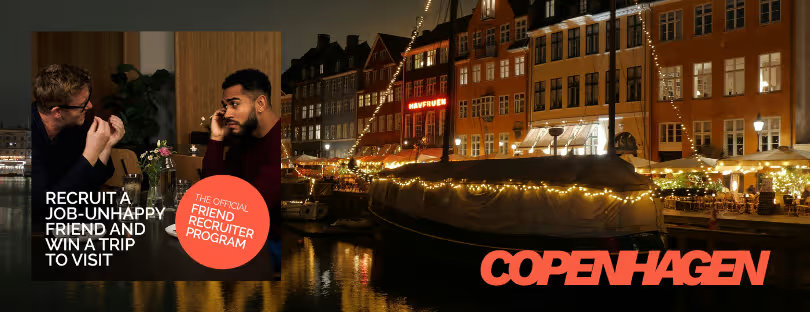
UK Leads Air Travel, Gen Z Drives Sales: Key 2025 Trends in European Travel Retail
The latest research from the Swiss travel retail research agency m1nd-set reveals European travel patterns, notable growth in international traffic, and a discernible shift toward younger and more premium shoppers, and a concerning decline in staff engagement. European travel retail trends 2025
According to m1nd-set’s Business 1ntelligence Service (B1S) Q1 2025 and forecast data, UK travellers are leading international air departures across Europe, with over 150 million trips expected by year-end. Germany follows with 114 million departures, and Spain with 78 million. All top 10 European markets are demonstrating robust growth, with Spain, the Netherlands, and Poland showing the strongest gains, each increasing by 5-6% year-on-year. In terms of airport traffic, London Heathrow maintains its dominant position with over 50 million international departures scheduled for 2025, followed by Amsterdam Schiphol at 41 million, and Paris Charles de Gaulle with 39 million.

Key performance indicators among European shoppers in the Travel Retail sector present a mixed picture, according to m1nd-set. Footfall among international passengers has seen a decline, dropping from 48% in 2022 to 42% in Q1 2025. However, this dip is offset by a notable rise in conversion rates, which have climbed from 50% in 2022 to 63% in Q1 2025, pushing the overall purchase rate to 27%. Average spend is also on an upward trajectory, the research reveals, reaching $115 in Q1 2025, indicating that, while fewer international travellers may be entering stores, those who do are more likely to buy and spend more.
The demographic landscape of Travel Retail visitors and buyers is undergoing a marked transformation, according to the research. Female shoppers now outnumber males, accounting for 56% of store visitors and 54% of buyers in 2025. Millennials and Gen Zs are increasingly influential, together representing 52% of all Travel Retail buyers. Furthermore, the share of premium class travellers (premium economy, business and first class included) among visitors has risen significantly.

This shift points to a more affluent and discerning customer base, according to m1nd-set. European travellers are increasingly prioritizing the in-store experience over price as a motivator for visiting travel retail shops, the research reveals. Store attractiveness has grown as a visit driver, rising from 22% in 2022 to 28% in 2025, while the appeal of price and promotions has declined. The research demonstrates that in-store experience has now emerged as the number one purchase driver, cited by just less than half of European shoppers. This trend is particularly pronounced among Gen Z and Baby Boomers, with 53% and 62% respectively citing experience as a key motivator.
An analysis of purchase patterns reveals several key trends. Beauty products and Food & Confectionery are leading in category growth. Notably, Jewellery & Watches have seen the most significant increase in average spend, surging from $202 in 2022 to $320 in 2025. Self-consumption is on the rise, particularly among Gen Z and Gen X, accounting for 56% of purchases, while gifting has seen a decline to 23% overall, though it remains stronger among Baby Boomers. Impulse shopping is also becoming more prevalent, with one in three shoppers now making spontaneous purchases, up from one in four in 2022. Gen X leads in impulse purchases at 35%, while Baby Boomers remain the most inclined to pre-plan their shopping, m1nd-set reports.

The research also reveals that overall appeal of traditional promotional strategies has diminished. The proportion of shoppers buying on promotion dropped from 62% in 2022 to 45% in 2025. Similarly, the appeal of travel retail exclusives has decreased by 6 points to 55%. However, Gen Z and Millennials remain more receptive to these strategies, with two-thirds of Gen Zs purchasing new products for the first time in Travel Retail, and 59% buying exclusives.
One of the most concerning findings in the research is the sharp drop in staff-shopper interaction. In 2022, 60% of visitors engaged with staff, but in 2025, this figure has fallen to just 36%. While Millennials still respond positively to staff interactions, with 74% reporting a positive influence, the overall effectiveness of staff interaction is also down, with only 68% reporting a positive influence, compared to 76% previously. This indicates a missed opportunity for personalised engagement and conversion.
Commenting on the findings, Dr. Peter Mohn, Owner and CEO of m1nd-set, said:
“Footfall may be down, but conversion is rising, and average spend is up. The quality of engagement is improving, but only if retailers and brands adapt fast to meet shifting shopper expectations and address the concerning decline in staff engagement.”

To remain relevant and drive conversion in this evolving landscape, Mohn continued, stakeholders must invest in pre-travel engagement, particularly via airport media, to attract Gen Z and Millennial traffic into stores. Tailoring product and messaging strategies by generation, gender, and travel class is also crucial to ensure the marketing messages resonate with the diverse shopper profiles. It’s also important that stakeholders rethink their in-store interactions, focusing on quick and helpful engagement that is tailored to specific segments, especially younger shoppers.
“It’s not just about getting people into the store anymore, it’s about giving them a reason to stay, explore, and come back next time.”
Mohn concluded.









